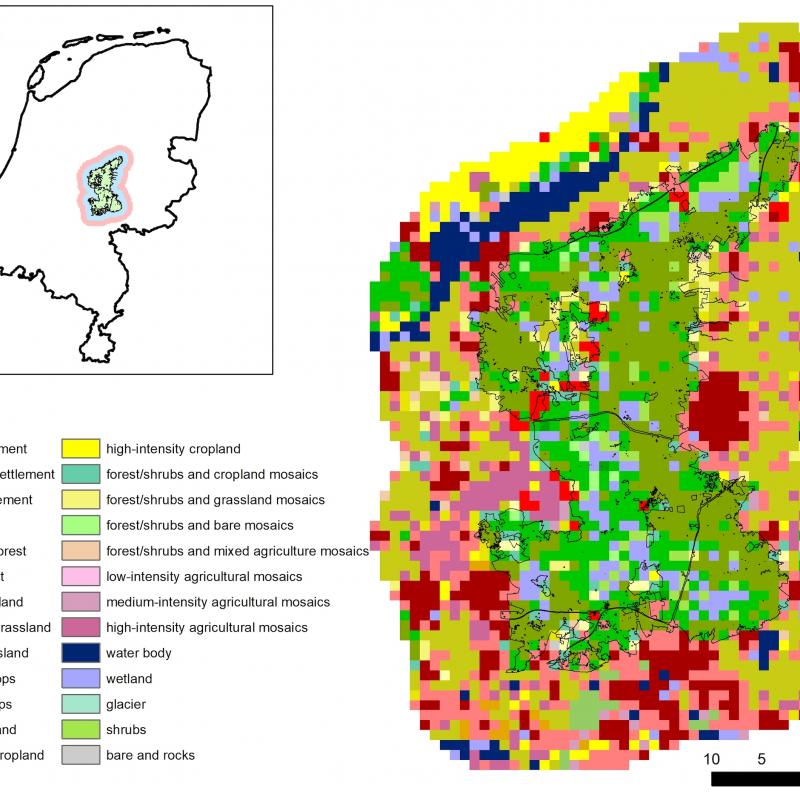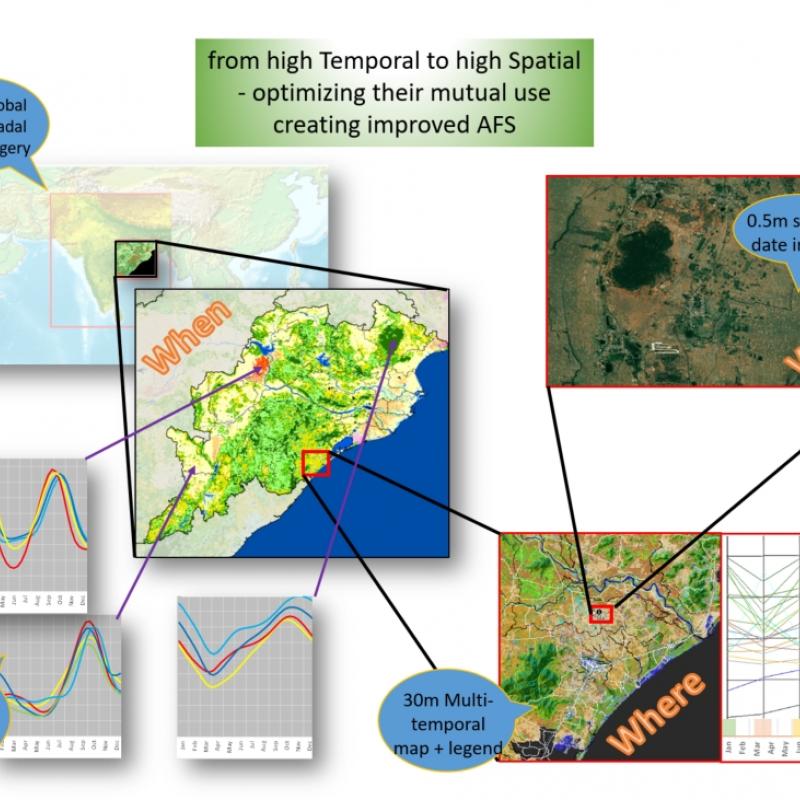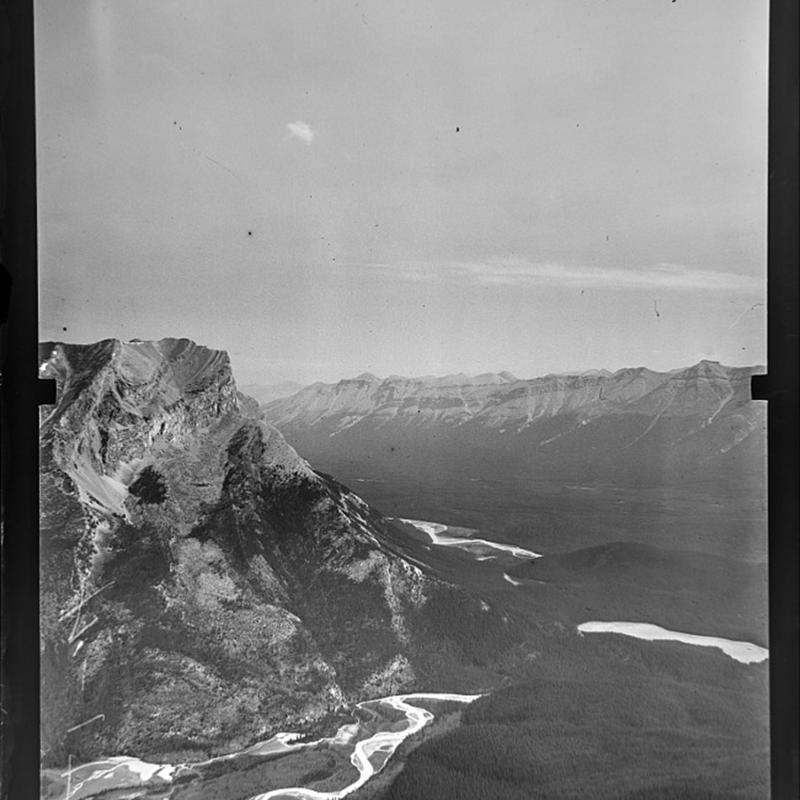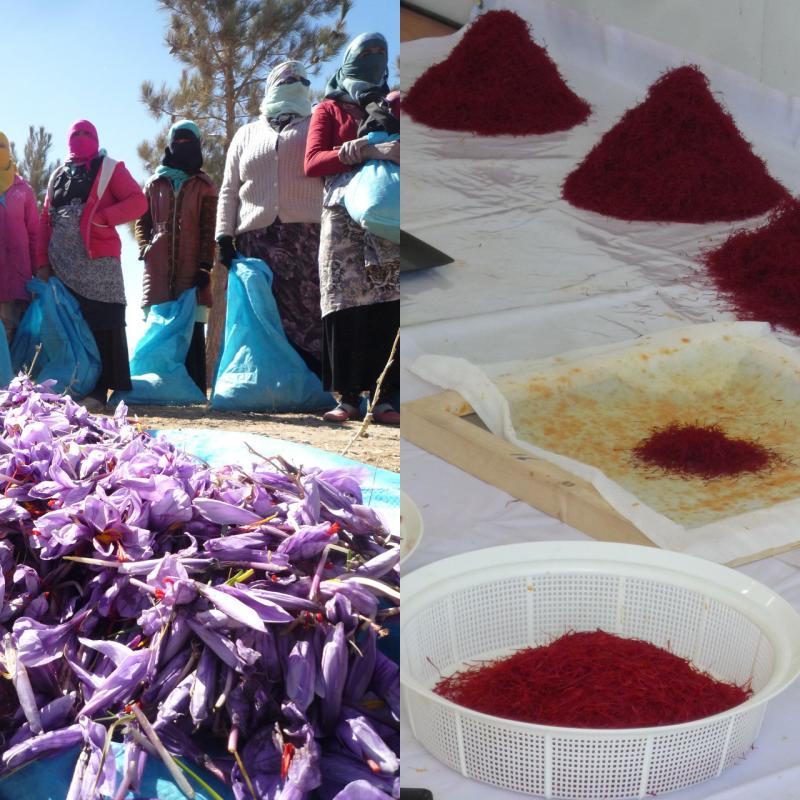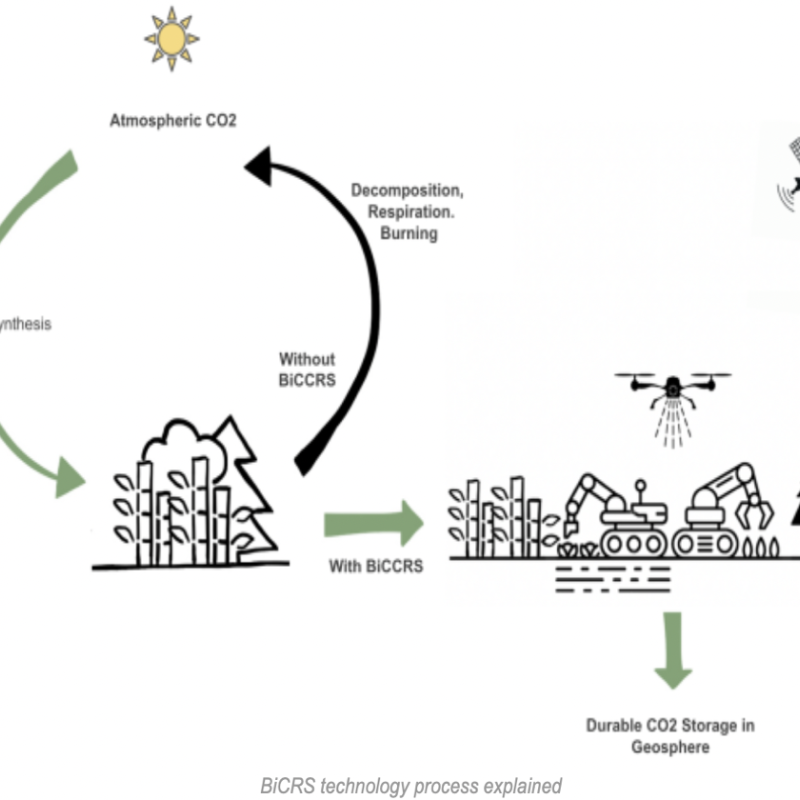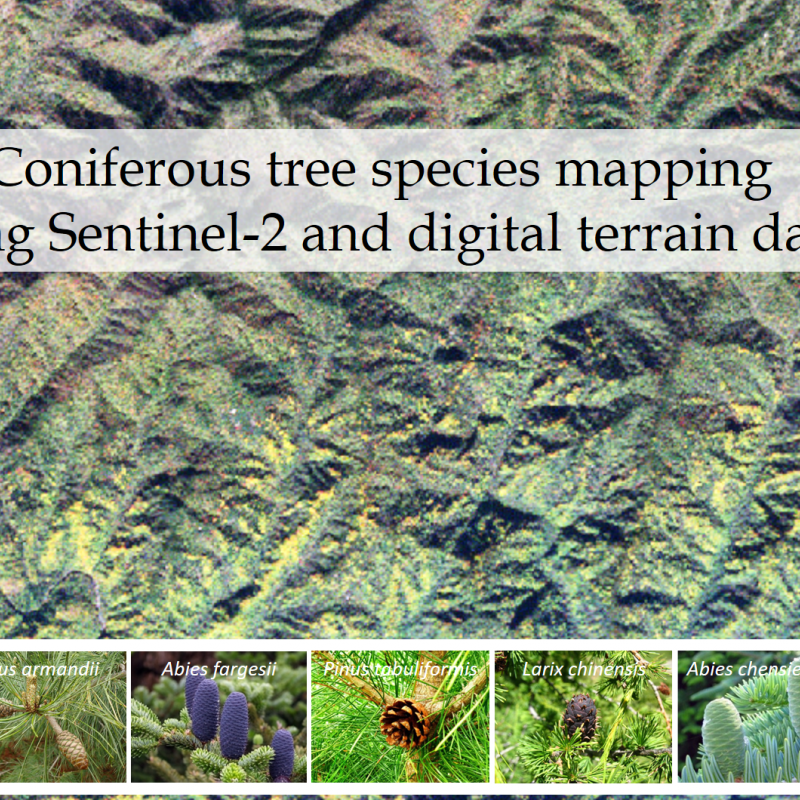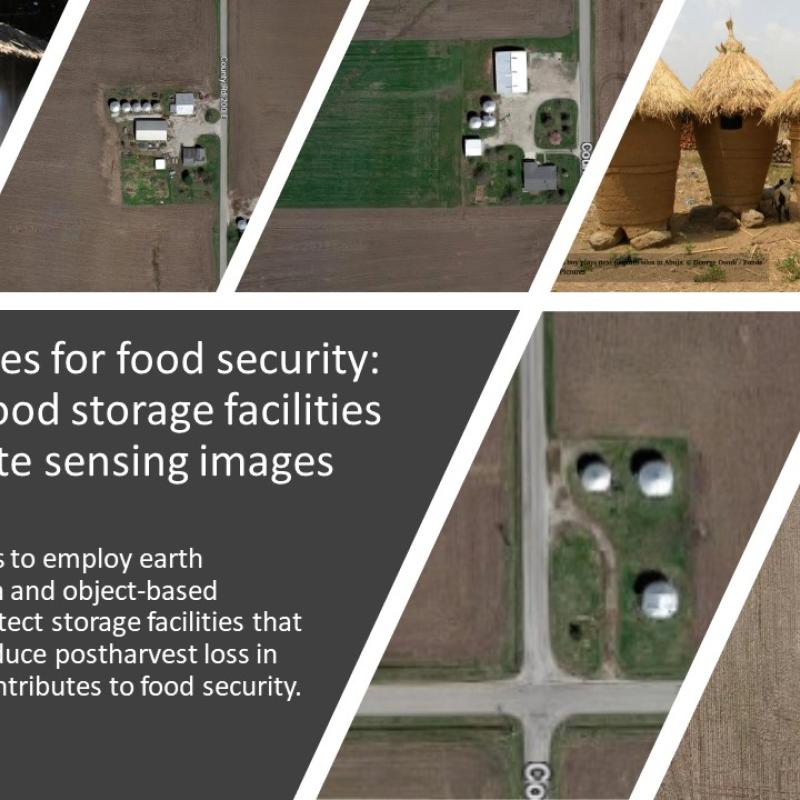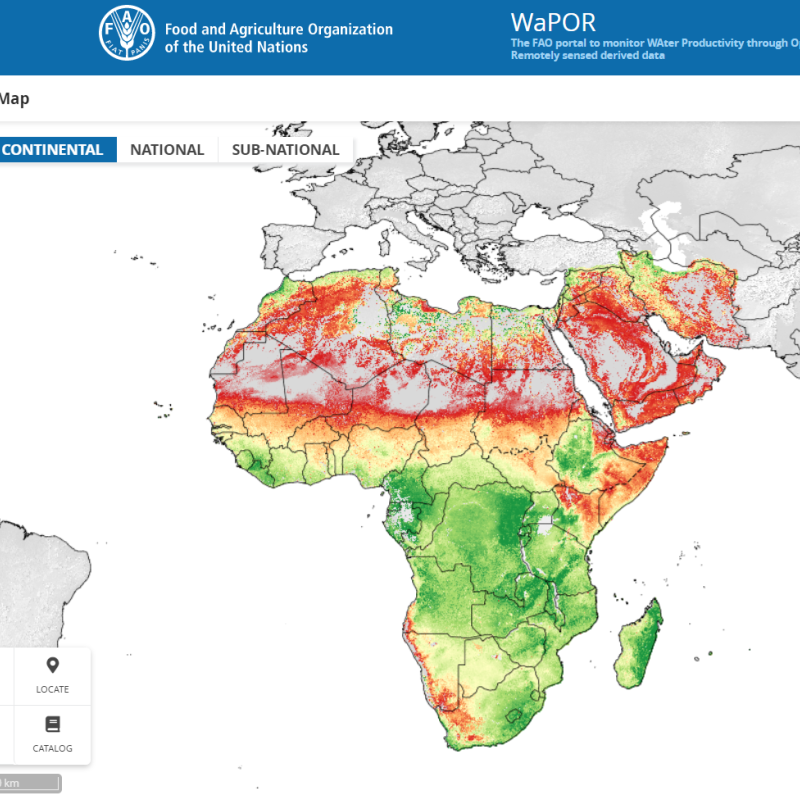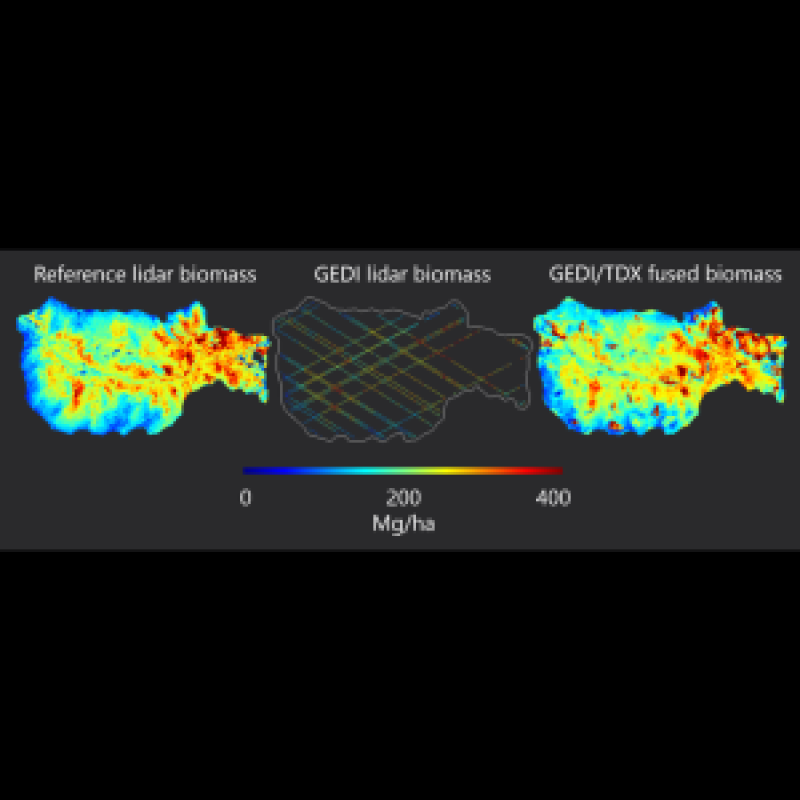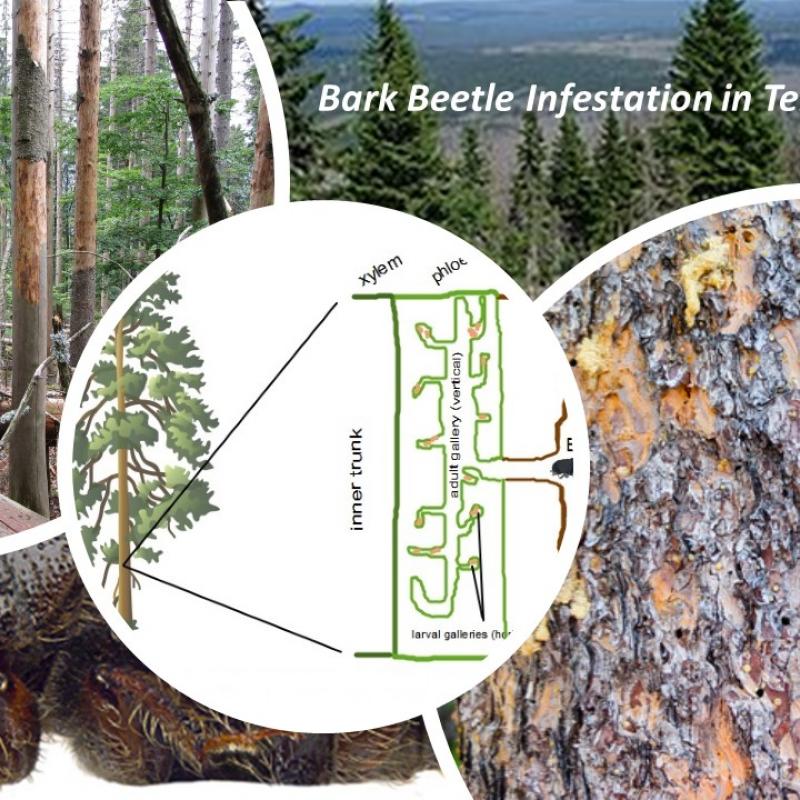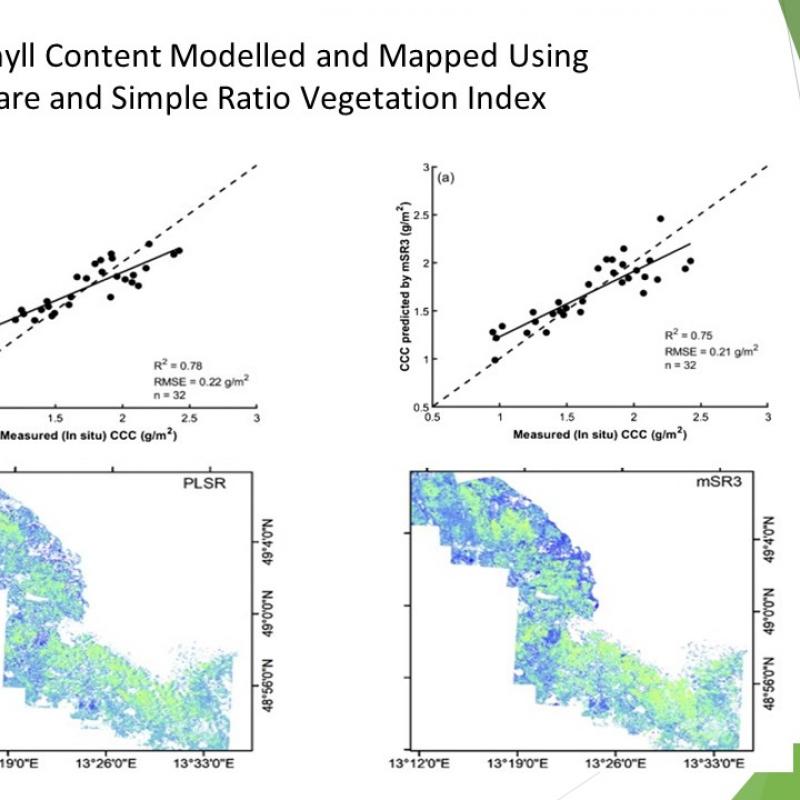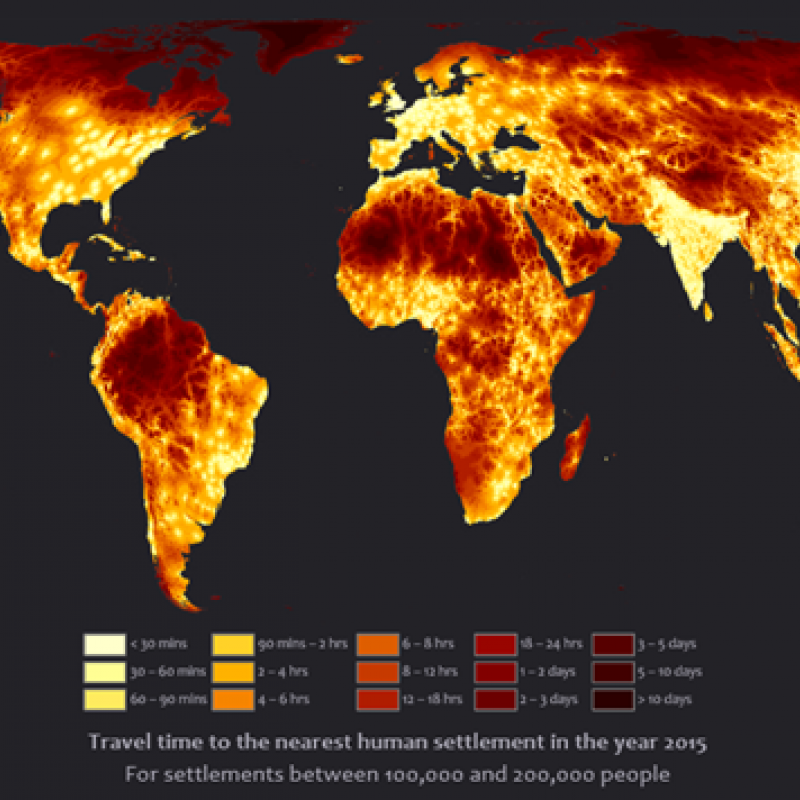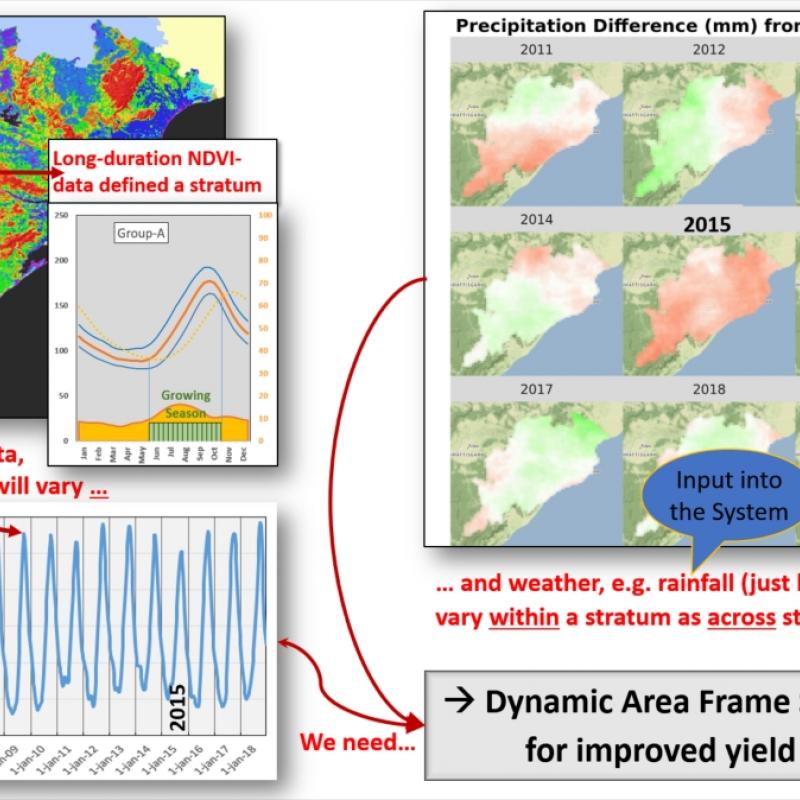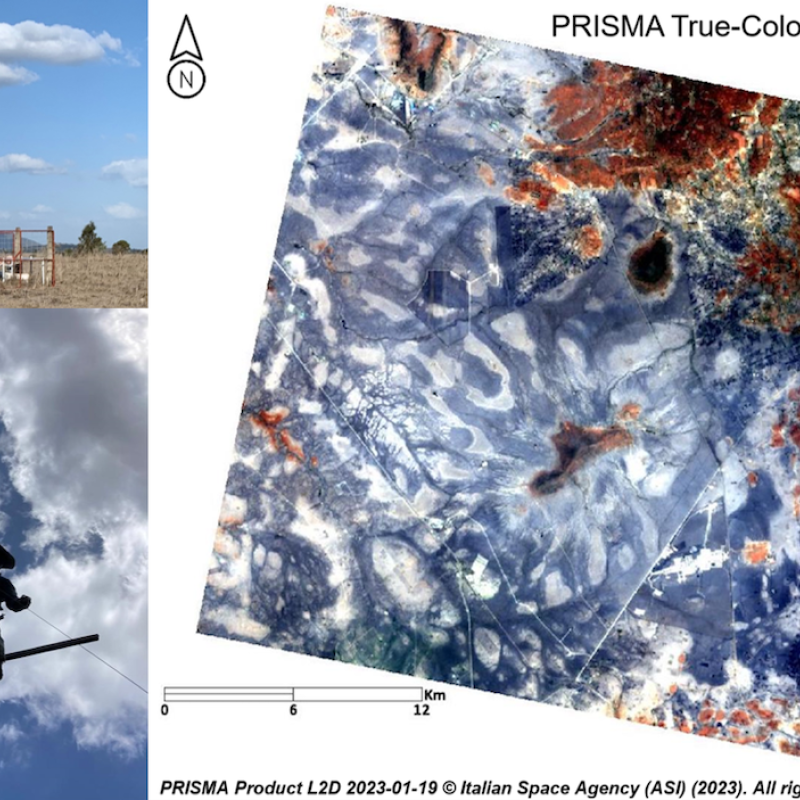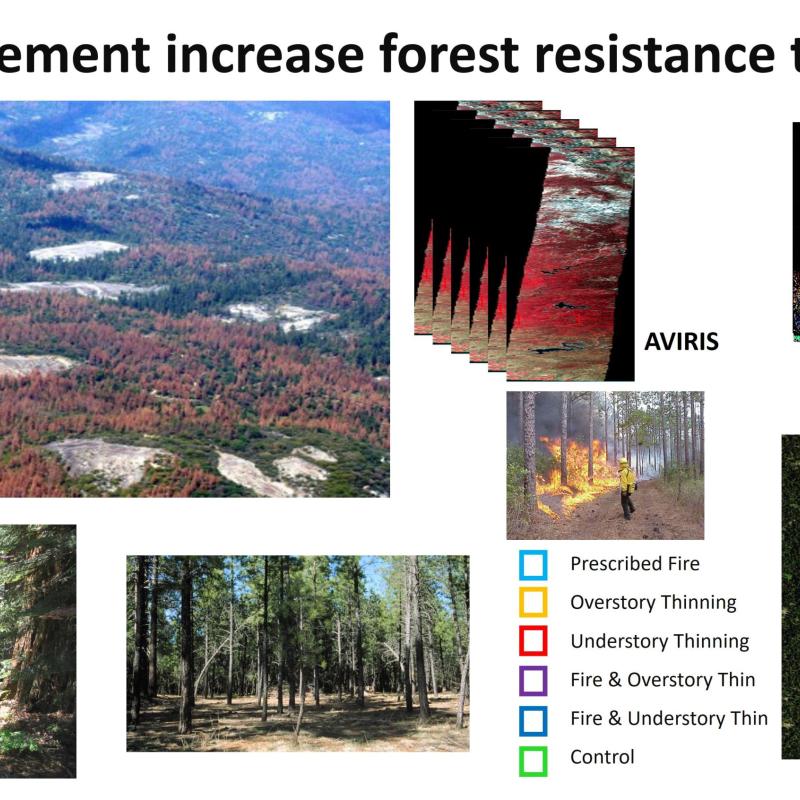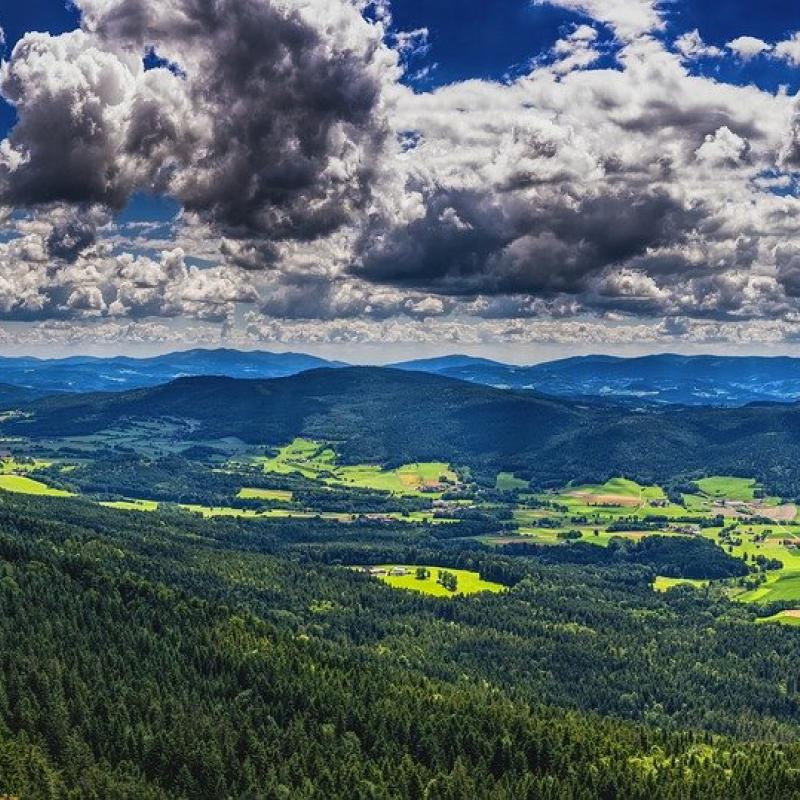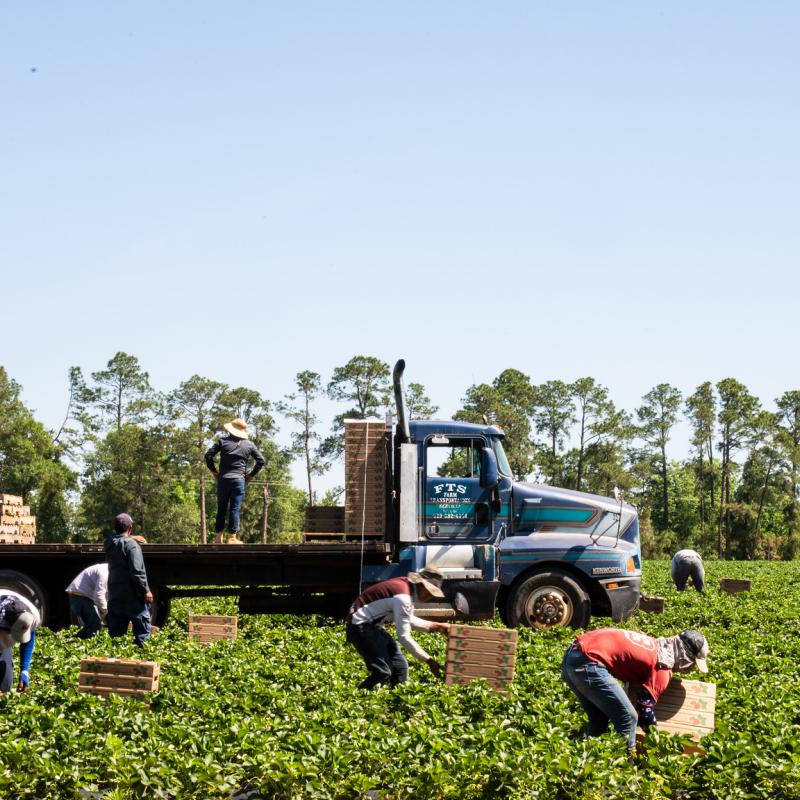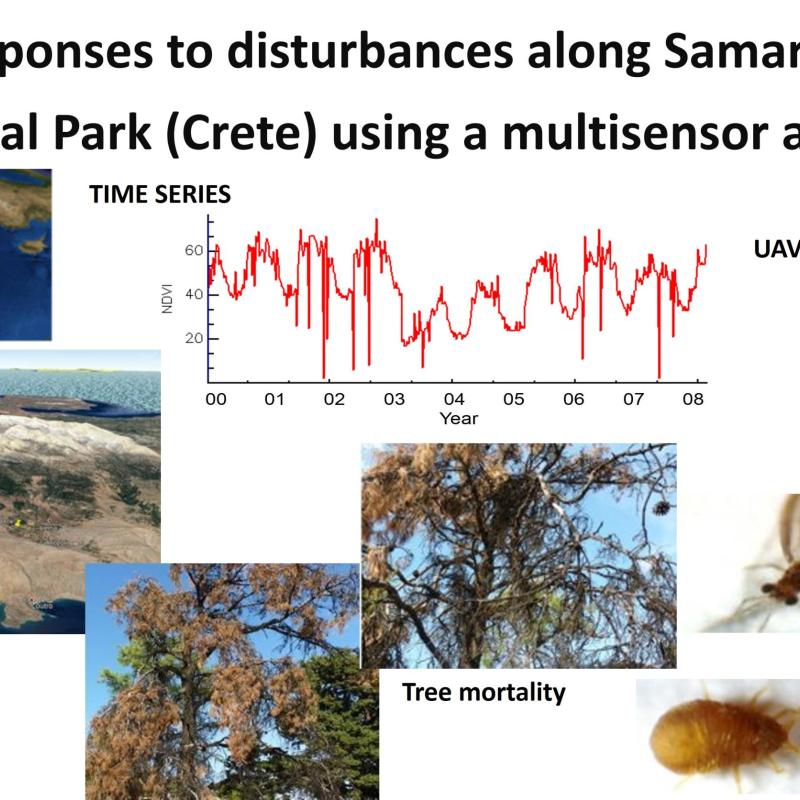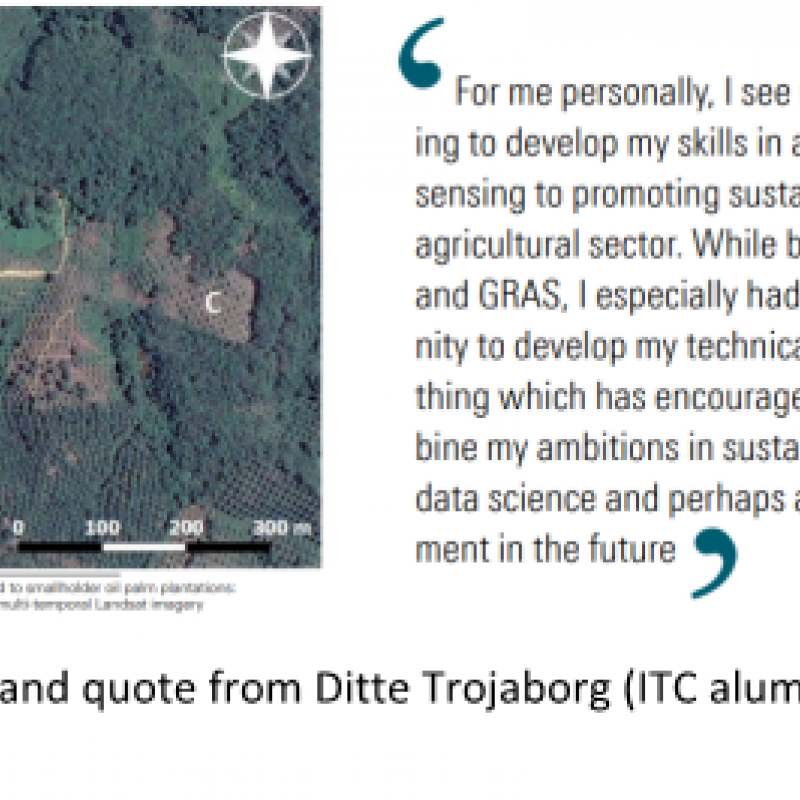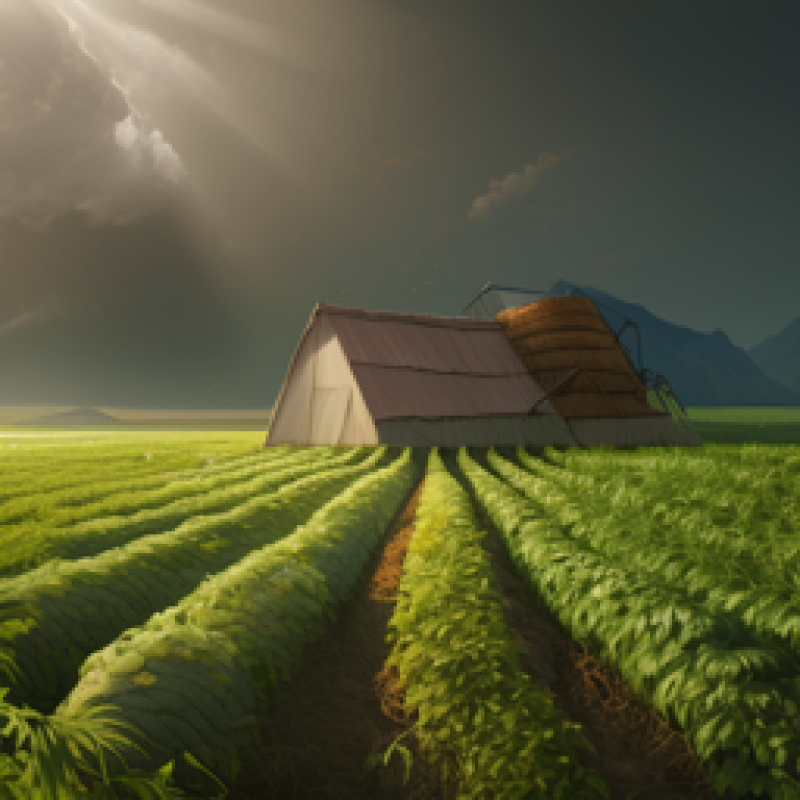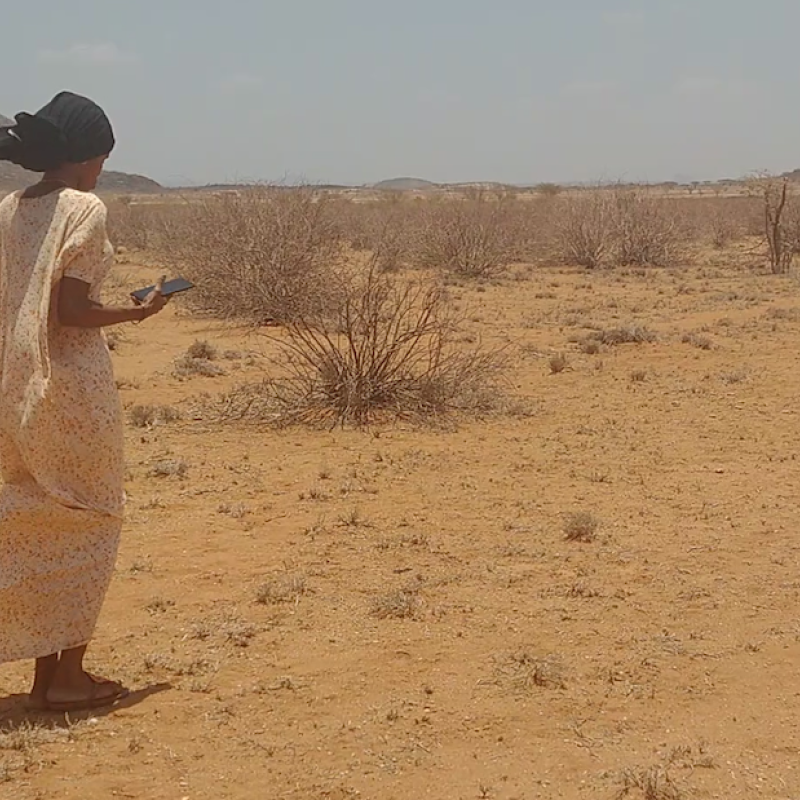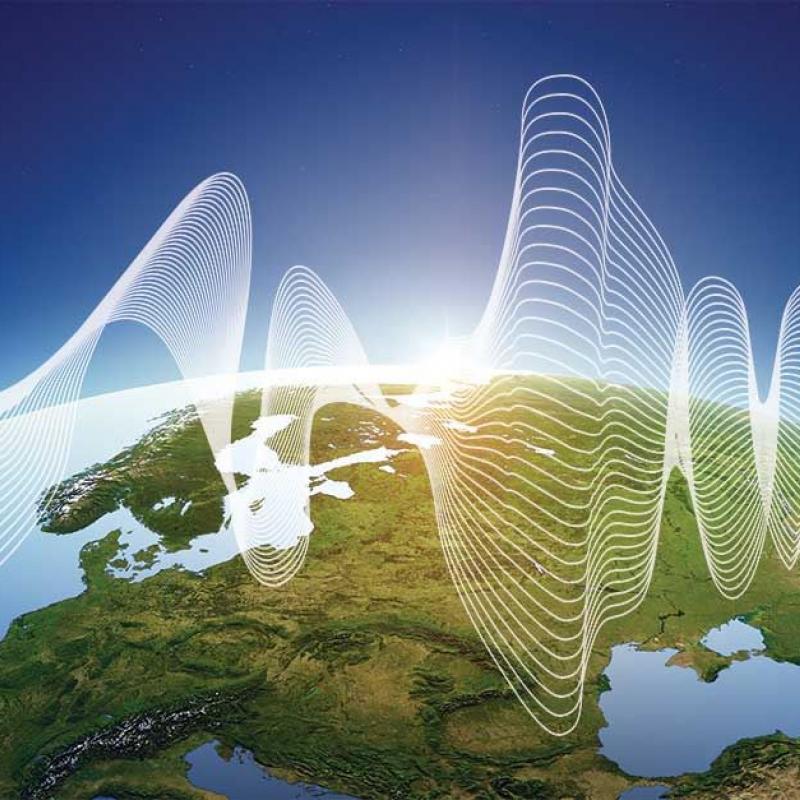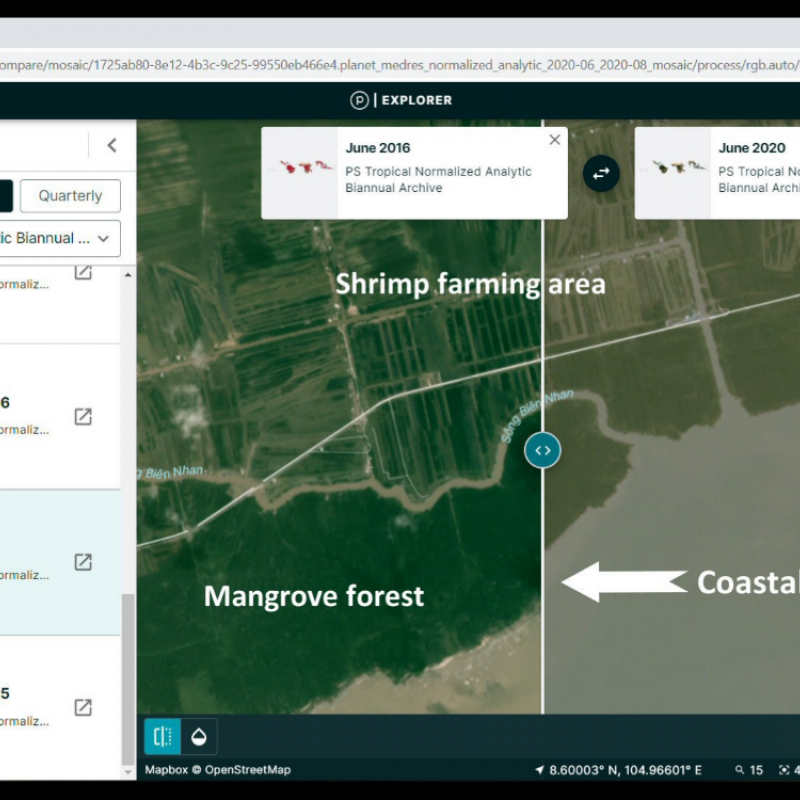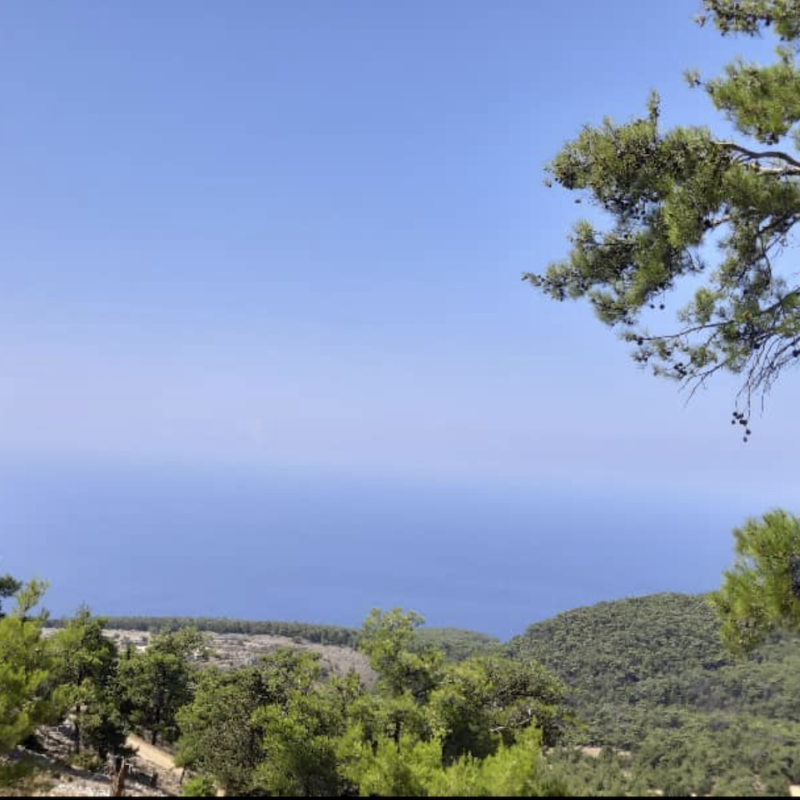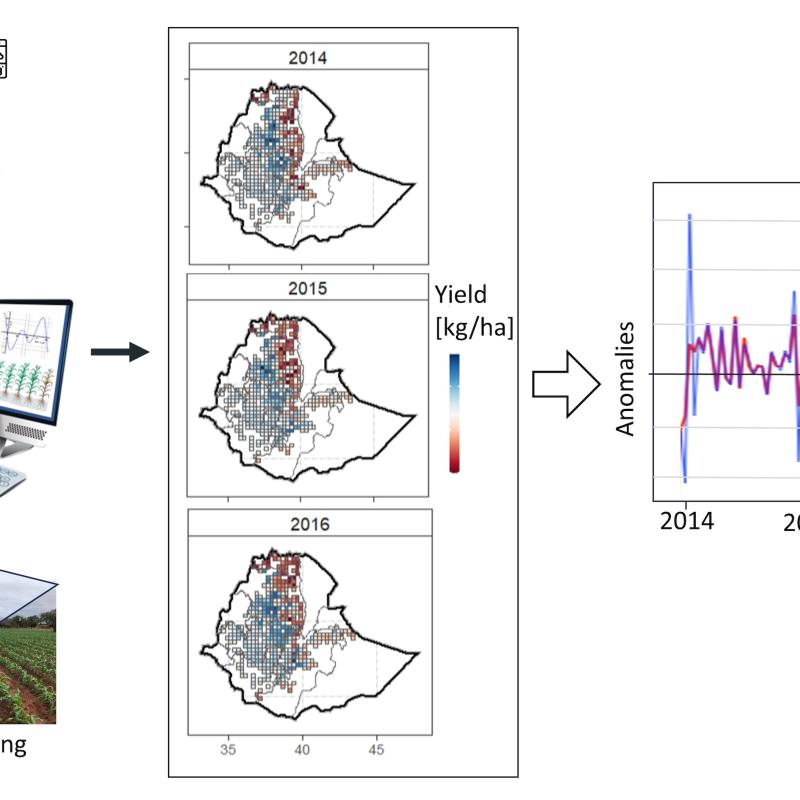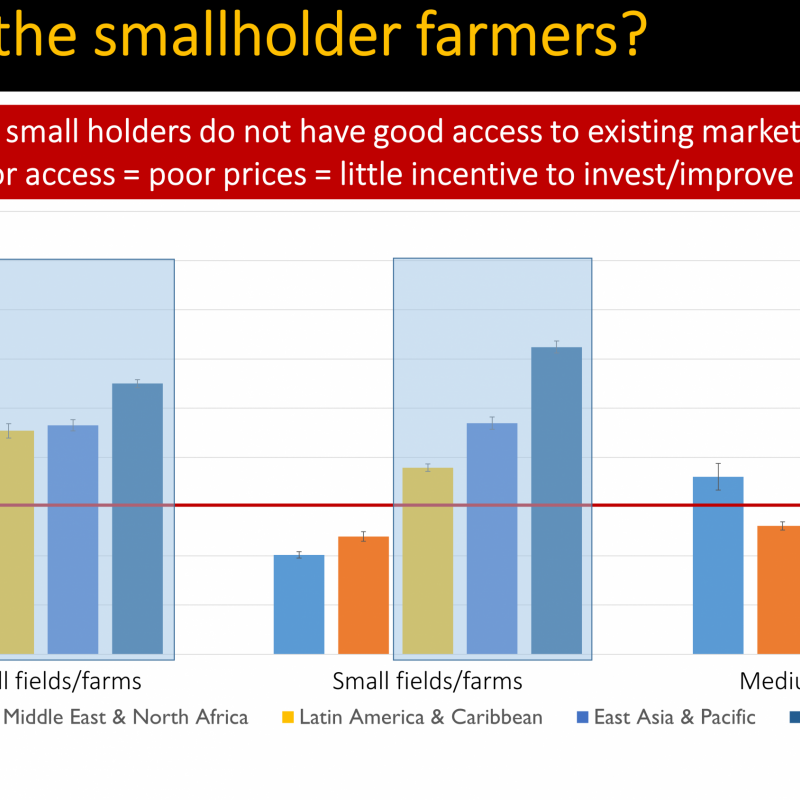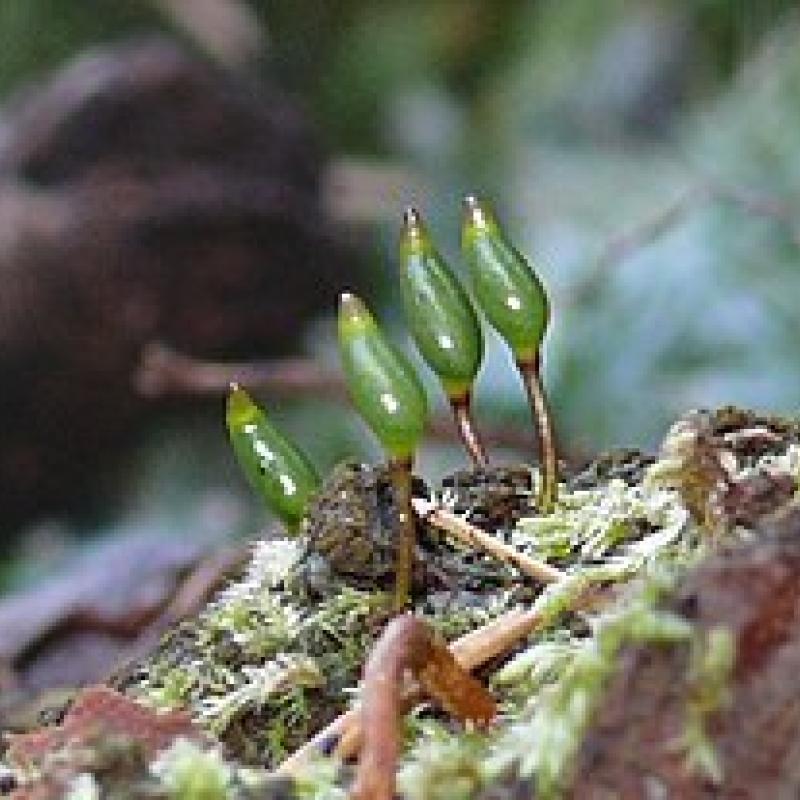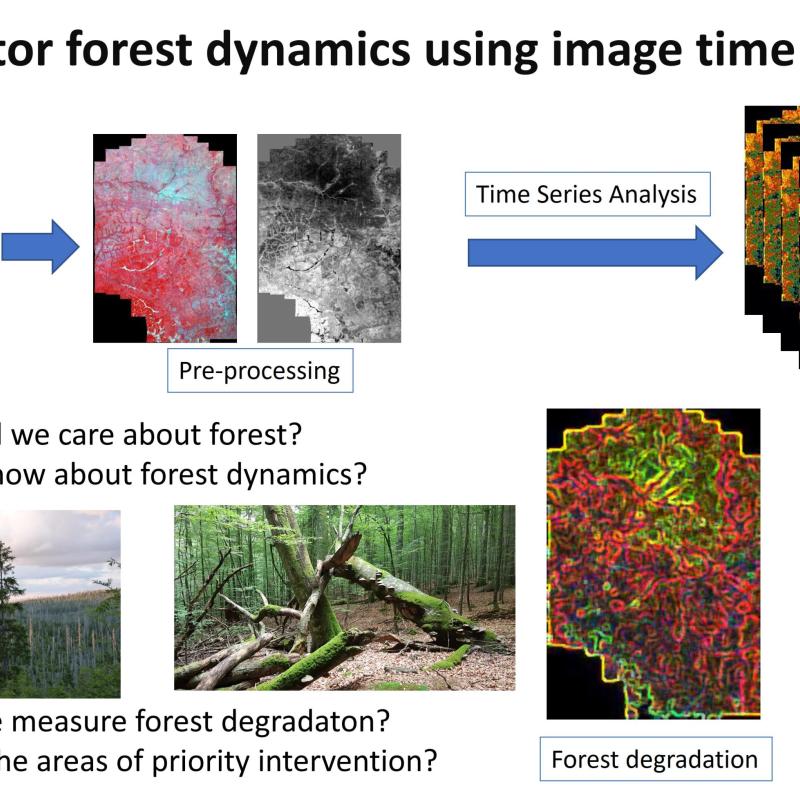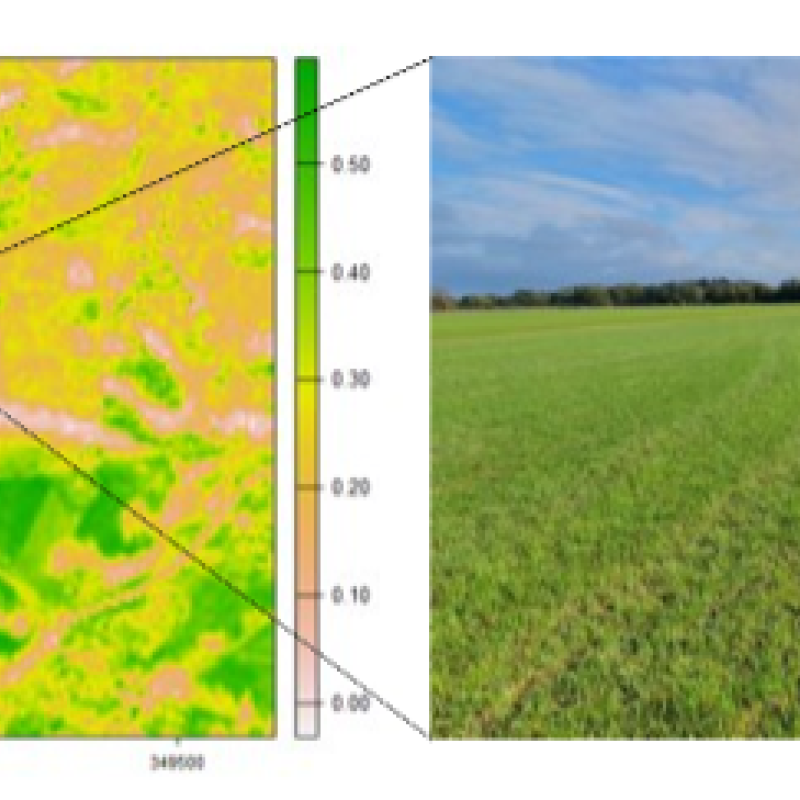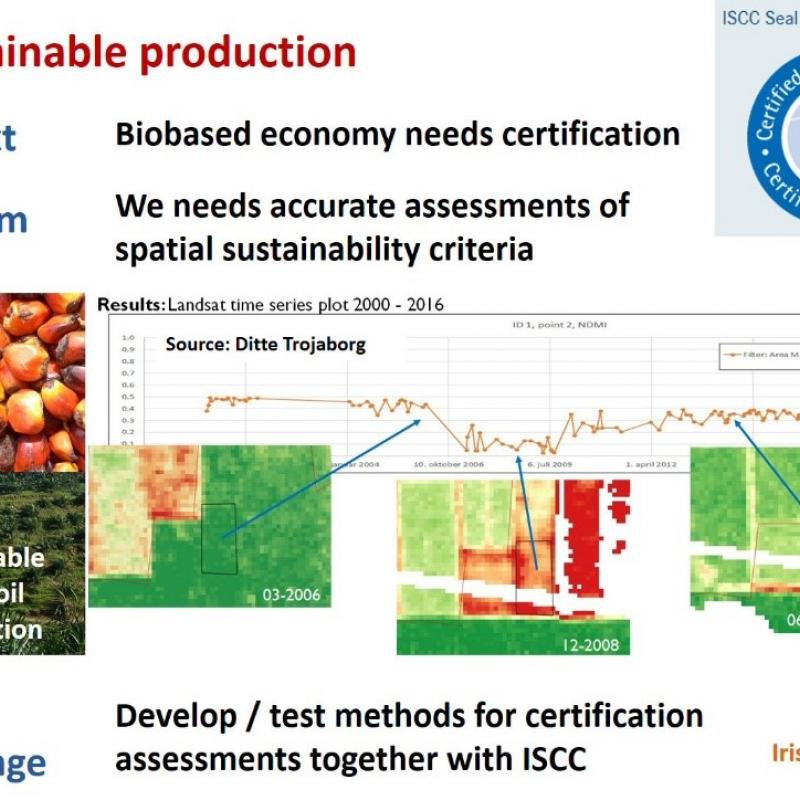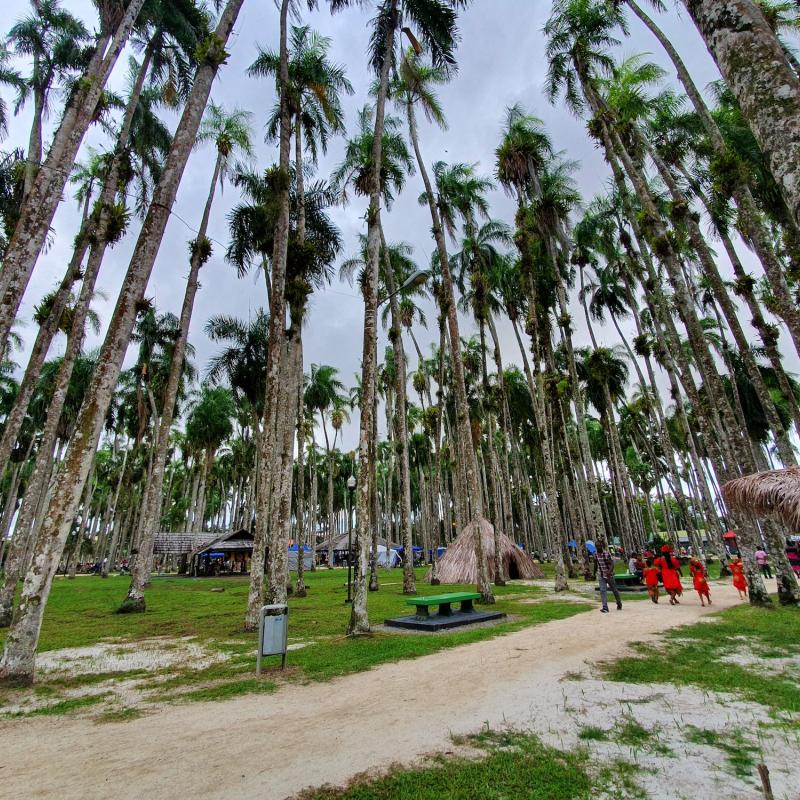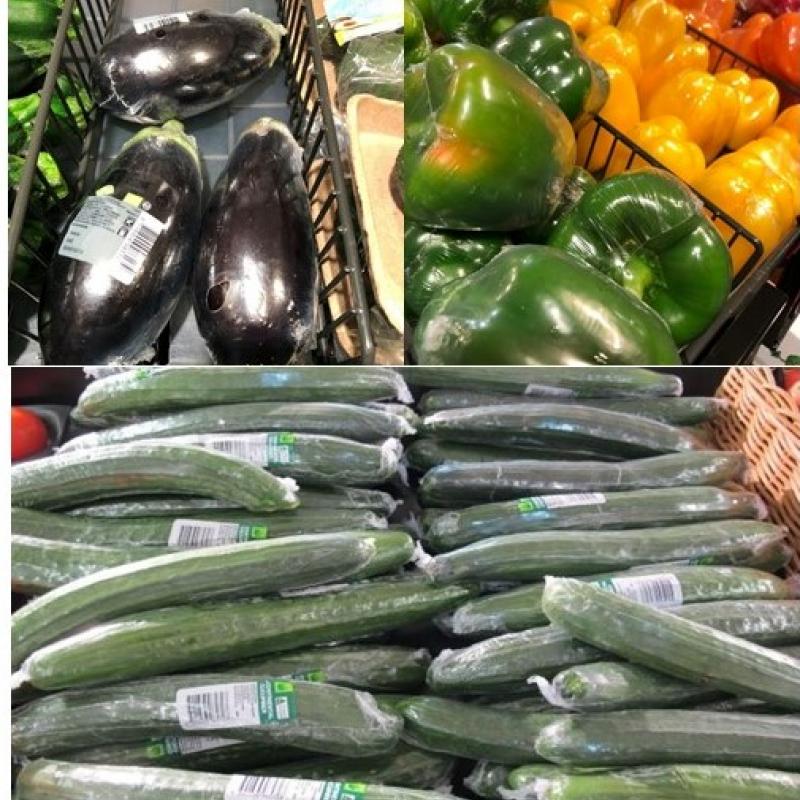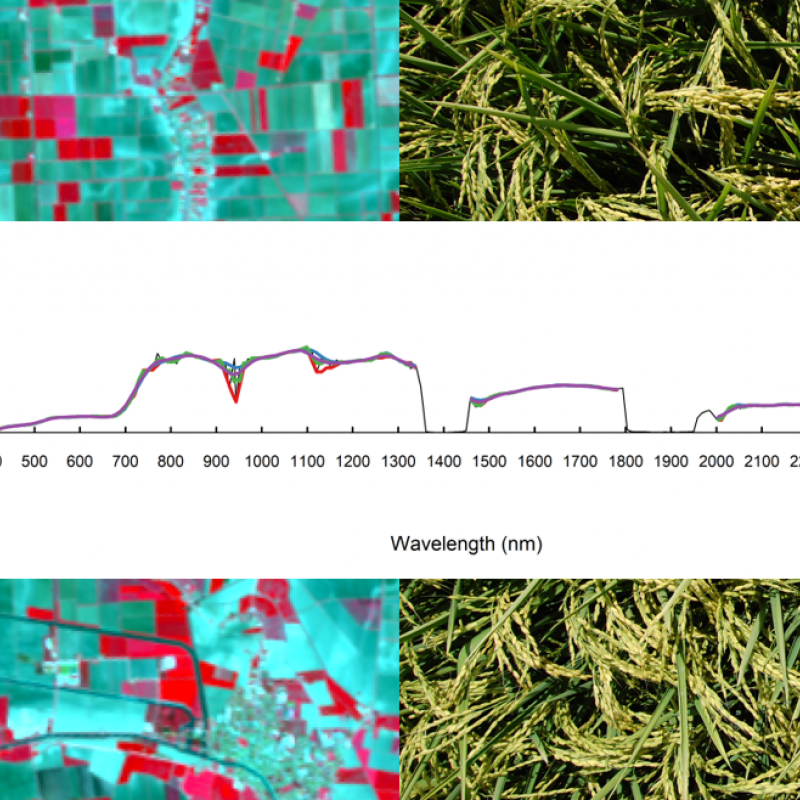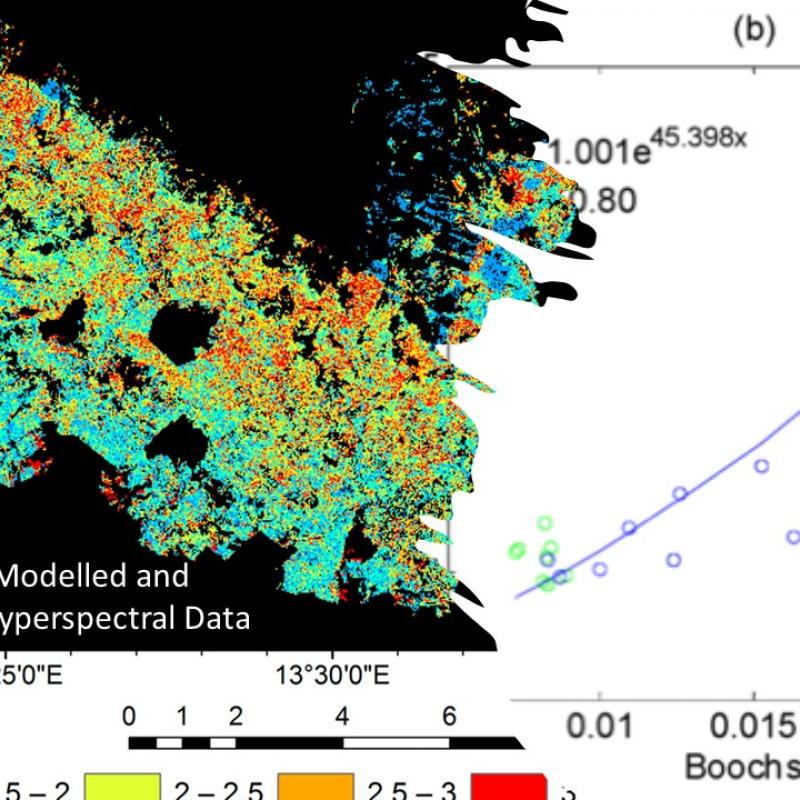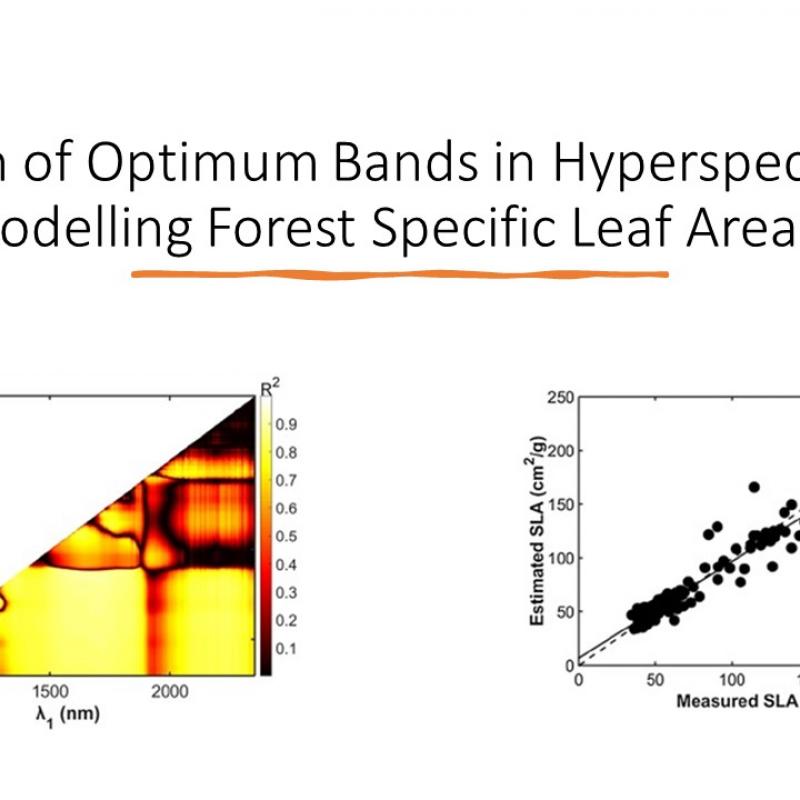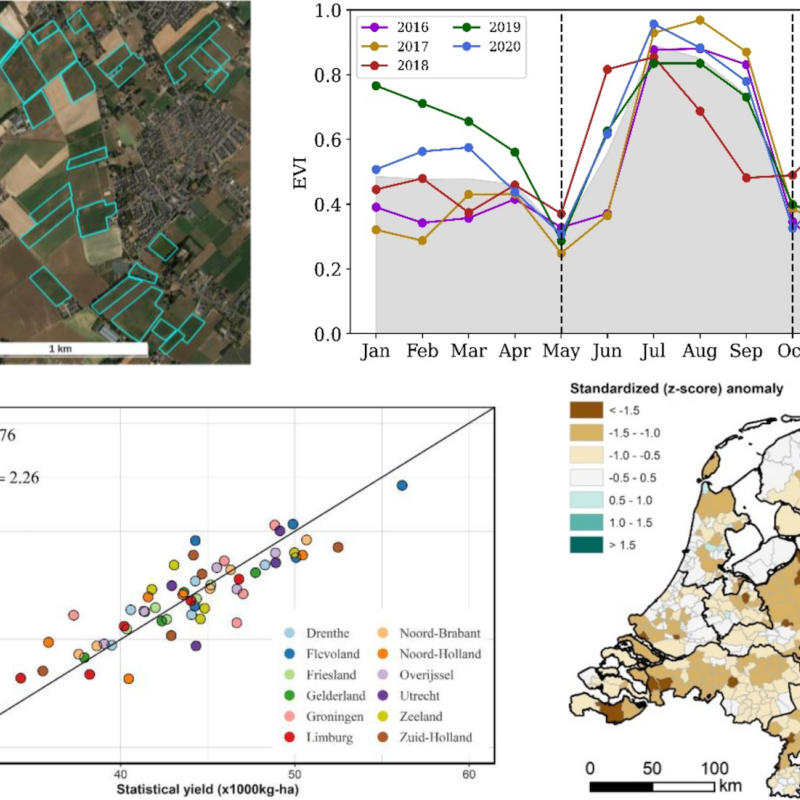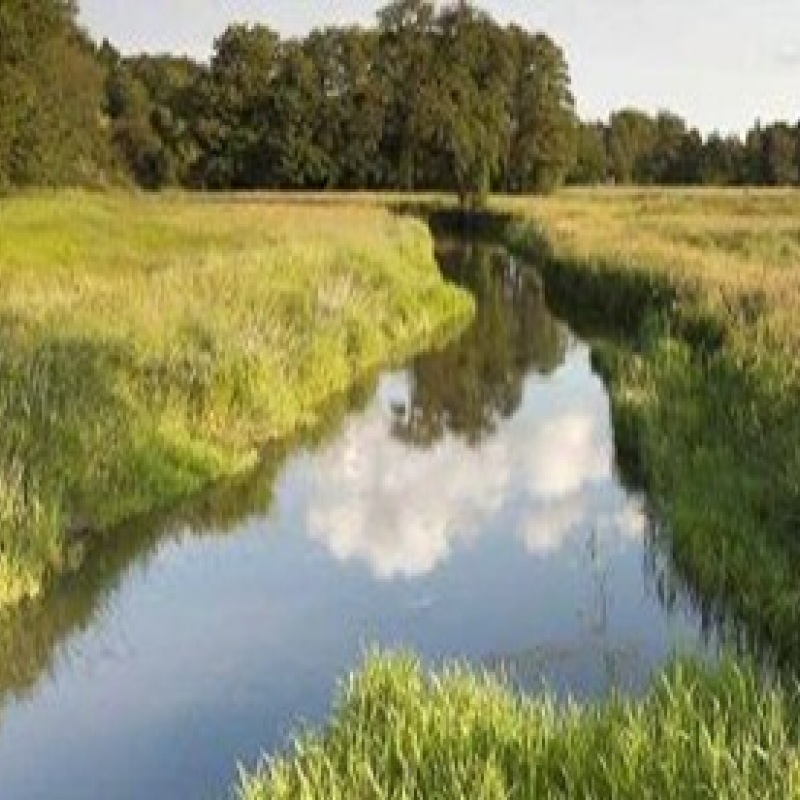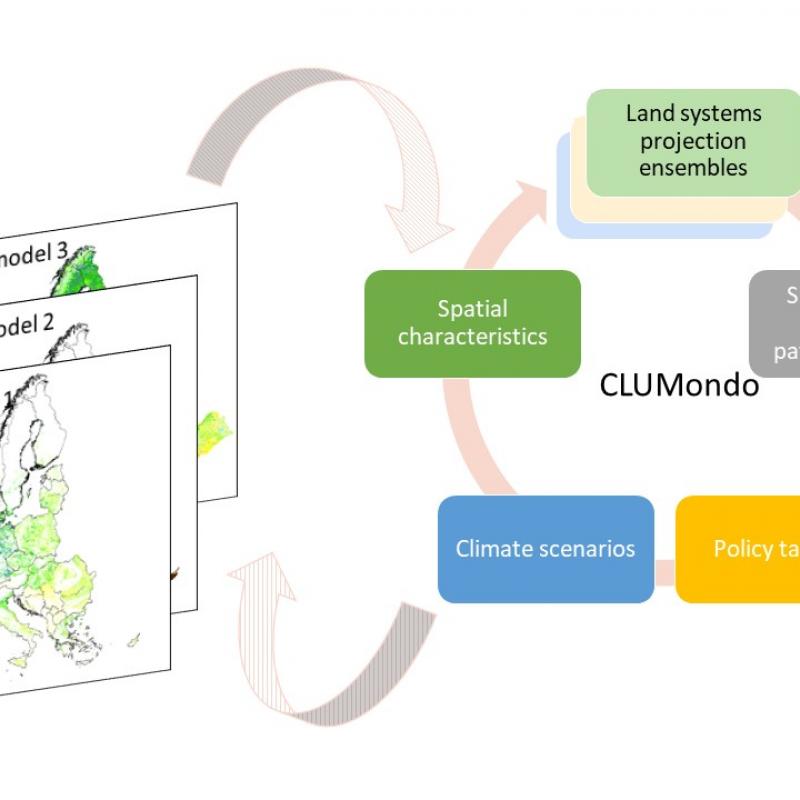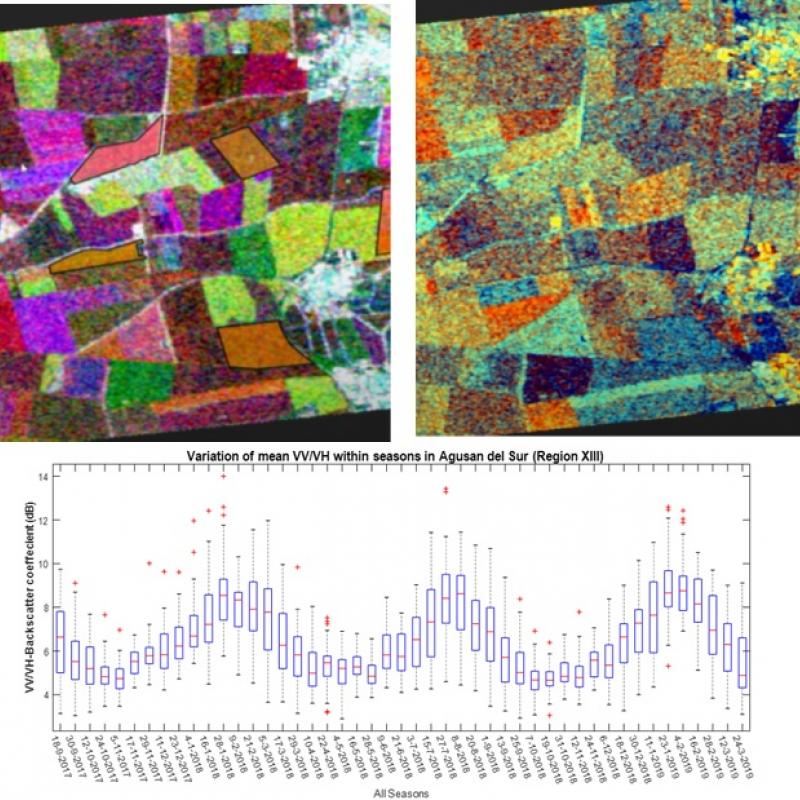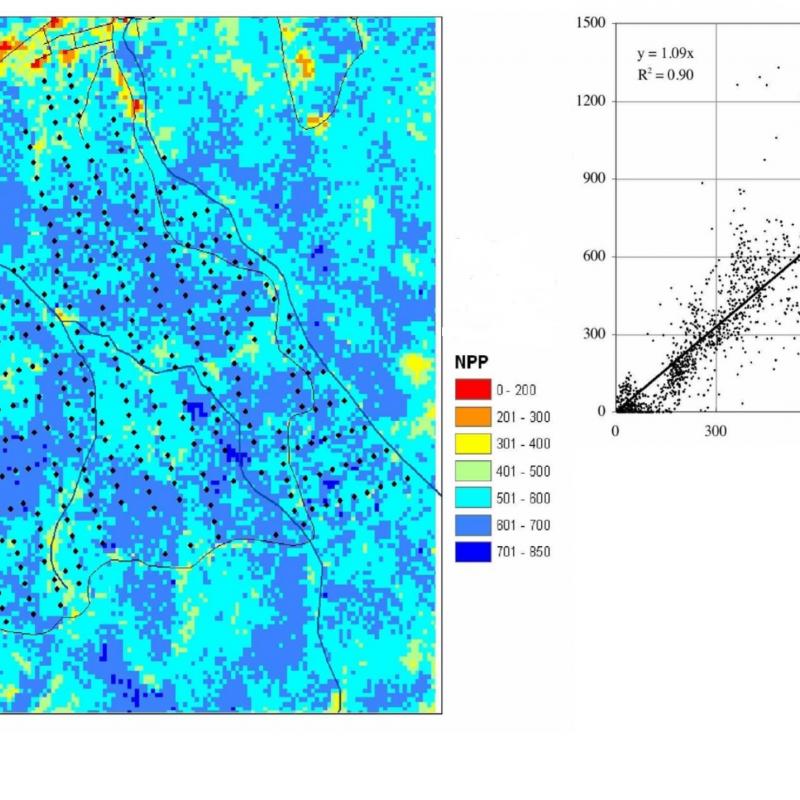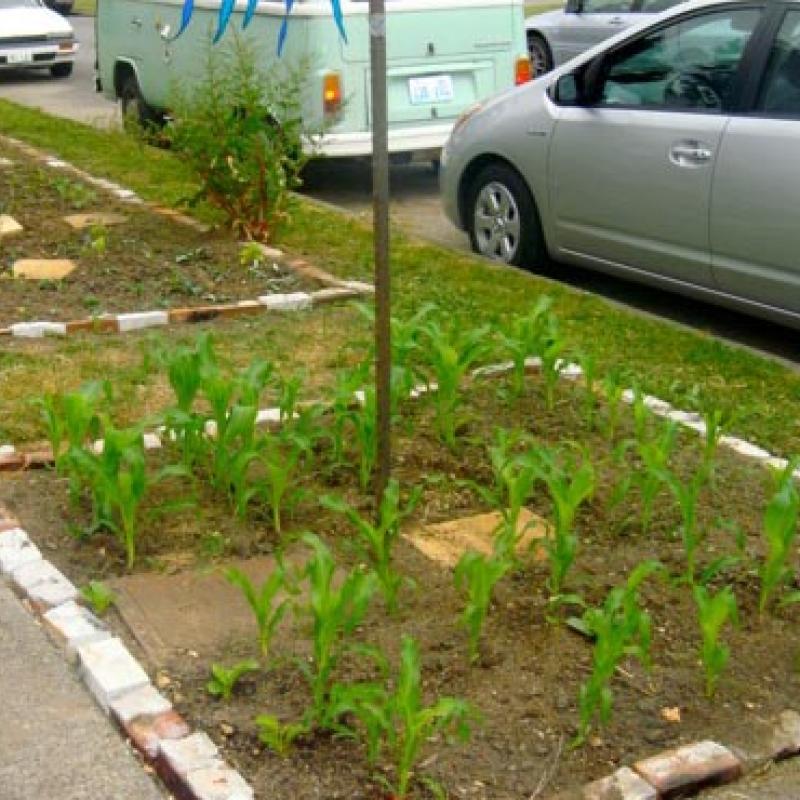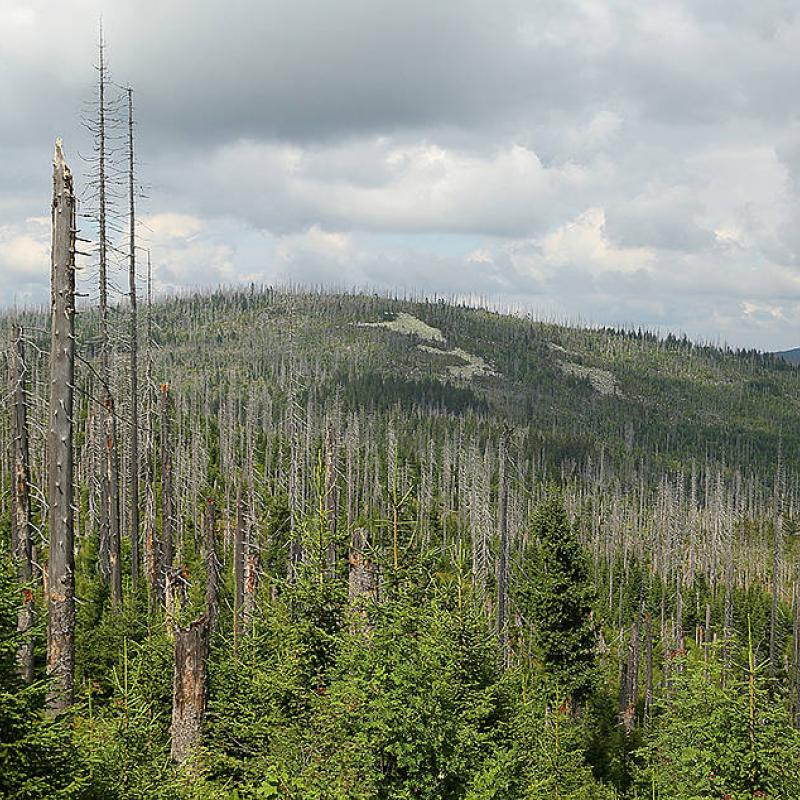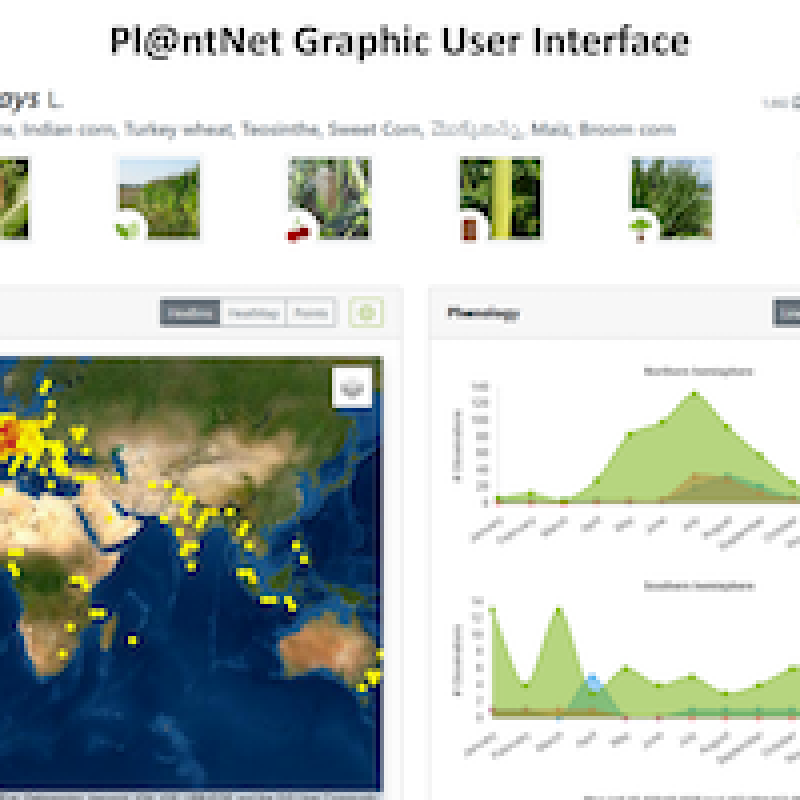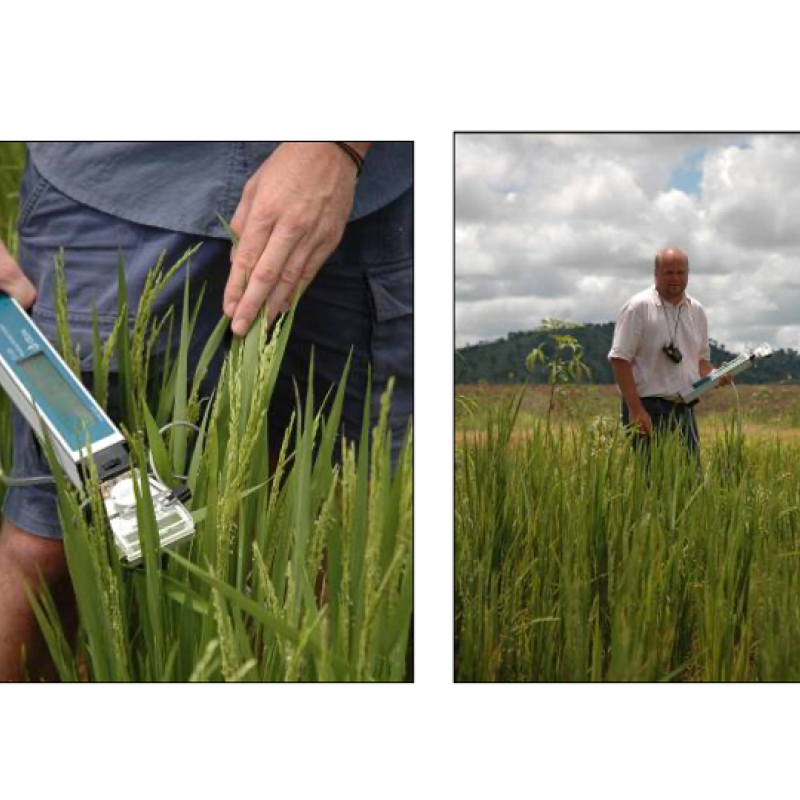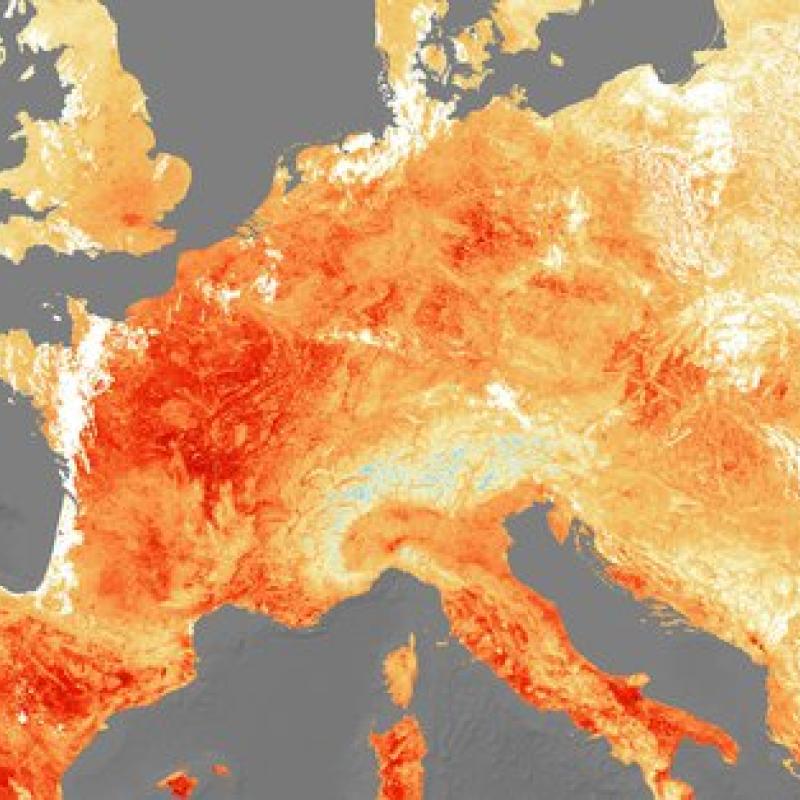Overview MSc Research Topics
Protected areas are useful governance tool to mitigate biodiversity loss and preserve threatened habitats and species.
The frequency and intensity of extreme weather events is changing worldwide due to shifting cli
For Orisha, India, the Forages-group is building a comprehensive geo-database of imagery and agricultural (land-use) statistics.
Climate change is expected to affect many natural processes on earth.
Saffron is the most costly spice by weight worldwide, and an important ingredient for Middle-Ea
The Intergovernmental Panel on Climate Change (IPCC) estimates the global community must remove up to1000 billion metric tons of carbon dioxide (GtCO2) by 2100 to limit warming to no more than 1.5°
LAI is one of the most critical vegetation biophysical variables as well as remote sensing- enabled essential biodiversity variables due to the controlling role of green leaves in biological and ph
Coniferous species are present in almost all major vegetation biomes on Earth.
A key task for conservation science is to collect accurate and precise data on animal distribution.
One of the aims of conservation and rewilding groups in Europe is to assess whether natural grazing l
Postharvest losses are a main threat to food security, which is a measurable waste of the edible share of food that is available for consumption but is not
Farmers want to use less water to produce more food.
Estimating aboveground biomass is essential for generating vegetation inventories and understanding carbon cycles.
Estimating aboveground biomass is essential for generating vegetation inventories and understanding carbon cycles.
The goal of this study is to detect and map bark beetle infestation in a temperate forest in Germany using DESIS hyperspectral satellite
The goal of this study, as part of the larger BIOSPACE project, is to map and model foliar pigments, including chlorophyll and caroten
ITC research staff from the GIP, PGM and NRS departments, in collaboration with CRIB have developed global maps that estimate
For Orisha, India, the Forages-group is building a comprehensive geo-database of imagery and agricultural (land-use) statistics.
ET is the water lost to the atmosphere through plant stomata during photosynthesis and from the surface following a wetting event.
Mediterranean and temperate forests are being affected by intense and frequent droughts that will become mo
Understory vegetation is an important component in forest ecosystems not only because of its
Thermal remote sensing is a type of passive remote sensing since that detects naturally emitted radiation. Most thermal remote sensing for vegetation conducted in the 8-14 μm wavelengths.
In the past few years, unexpected disruptions such as the Ukraine war and the global pandemic reveal the fact that our food systems are highly connected an
Frequent persistent drought events in Mediterranean ecosystems and insect attack have generated an extreme
Sustainable production of food and other biomass-derived products needs checking if, indeed, no harm is done to biodiversity, our environment in general, or to people.
Sufficient nutrition remains a major challenge for rural households in the Sub-saharan region of Africa.
The arid and semi-arid Lands (ASALs) of northern Kenya are characterized by extremes of poverty and c
Soundscape ecology is a developing research field where interactions between sounds and the environment are studied.
The Mekong Delta in Vietnam experiences serious problems due to coastal erosion.
Recently, mortality and reduction in forest stand densities for Brutia pine (Pinus brutia) h
Food insecurity is a big issue in eastern and southern Africa and projections are that this is going to get worse with climate change and variability.
Good access to resources and opportunities is essential for sustainable development. Improving
The moss species of Buxbaumia viridis is a rare moss species that lives mainly on dead wood that is in a hi
Monitoring forest dynamics is essential for identifying the area most at risk for forest degradation and de
This topic is part of the ITC Space4Restoration project, which aims to develop remote sensing tools t
The topic can take several directions depending on the interest of the student.
Palm oil is an important vegetable oil.
Urban green spaces can provide a lot of benefits to residents, including fresh and cool air, protection from flooding or space to meet others or do s
Food packaging is responsible for 5.4% of global food systems emissions in 2015 (Crippa et al.,
As an essential part of food security, diet diversity often requires frequent household food security surveys to monitor.
Farmers, agronomists, private enterprise and policy-makers need to know field conditions with sufficient early-warning.
The goal of this study, as part of the larger BIOSPACE project, is to map and model leaf and canopy nitrogen content and their spatial va
The goal of this study, as part of the larger BIOSPACE project, is to map and model Specific Leaf Area (SLA) and its spatial variation in
Regional prediction and forecasting of crop yield is important for analyzing food security and
Amazingly, the Dutch nature conservation monitoring system makes very little use of remote sensing.
About 75% of the Earth’s land surface has been altered and land use change has affected more th
To inform policymakers about the agricultural landscapes and food production, accurate and timely monitoring of crop type is required.
Primary production is the growth or accumulated rate of biomass in plants.
Food packaging is responsible for 5.4% of global food systems emissions in 2015 (Crippa et al., 2021).
Thermal remote sensing is a type of passive remote sensing that detects naturally emitted radiation.
Increasingly frequent extreme weather events have a major impact on agriculture and pose a threat to sustainable food production.
Daily totals or daily averages are convenient to work with and provide a first, rough impression of the wea
Droughts are exacerbated by climate change, which makes them more frequent, prolonged, and catastrophic.

